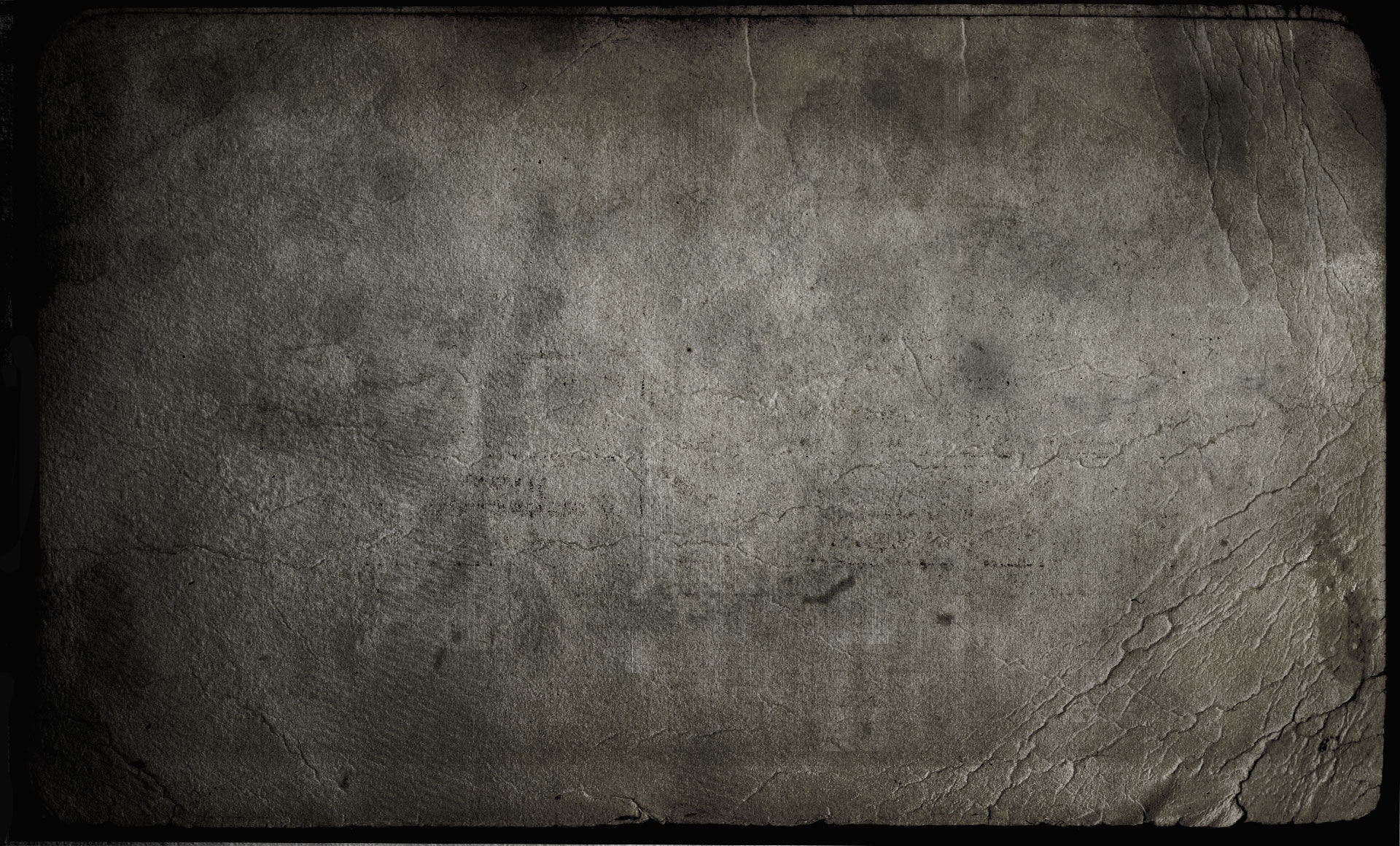Tangerine Dream Phaedra (1974)
- Sylvain Lupari

- Apr 29, 2002
- 3 min read
Updated: Nov 10, 2023
“Phaedra is to Electronic Music what Sgt Pepper's is to rock”

1 Phaedra 16:45
2 Mysterious Semblance at the Strand of Nightmares 10:35
3 Movements of a Visionary 7:55
4 Sequent C 2:17
Virgin V 2010
(CD 37:48) (V.F.)
(Berlin School)
PHAEDRA is to Electronic Music what Sgt Pepper's is to rock; a cornerstone album that will influence a multitude of musicians and will revolutionize the world of experimental, psychedelic and electronic music. Let's set ourselves in context! Progressive rock evolves at ear's beats, either by the temerity of those who are not afraid to spend money to have the chance to tame the sound bloom of the psychedelic period. Pink Floyd shakes the temple columns of progressive music with the amazing, and the very commercial, Dark Side of the Moon. If the Moog remains mysterious, the VCS3 comes to the rescue (On the Run). Musical sampling is taking its first steps in commercial music and the use of sequencer forges its first rhythm structures based on 3 or 4 chords rolling in loops. Always at the forefront, Tangerine Dream gets its new equipment and concocts a first album of electronic rock which distances itself from the experimental progressive rock of Atem. Henceforth, harmonies can be found in a dense magma of paranormal and psychedelic sounds as well as sonorous effects where the convulsive rhythms and the chthonian ambiances are the masters of the melodies' mirages. This is the birth of the Berlin School.
In a very dark ambient style, the beginning of Phaedra is heard through a metallic stratum which grows like a threat. The first steps of gothic music have just been heard. Sound effects, which will animate the imagination of the future creators of video games, flow like drops from nothingness. Swirling like winds without destinations, a synth crosses our ears with discretion. The sense of hearing on hold, it amplifies its presence and lays the foundation for the first use of a sequencer in the work of Tangerine Dream. The rhythm is dark with its bass oscillations which roll in loops, while the synth, and possibly the Mellotron, mystifies our ears with a spectral melody that travels between the speakers with attenuation and distortion effects. This is the first electronic melody to have charmed and fascinated me while my ears were always addicted to heavy metal. The sequencer's gallop decomposes and crushes on a pack of sound effects. The ambient air resurfaces and leads us into a vaporous galaxy that still smokes from its ashes. PHAEDRA redefined the genre and launched the now famous Berlin School. The lines of sequenced rhythms that torture this piece are classics that will guide many musicians in their structures of electronic rhythms in the coming years. Still in the 2000's, bands and / or musicians are strongly inspired by it. We are more in the moods of the paranormal than psychedelic with PHAEDRA. We hear the echo of kids playing and screaming in a concrete zone in the opening of Mysterious Semblance at the Strand of Nightmares. And then, silence! An astral wave, like a synth wave, rises with an astonishing sensitivity in its slow movement. Much like in the title track, this mephistophelic melody plays with its effects of attenuations, of stereo and volume losses in a cosmic corridor crossed by noisy jets. The organ, or the Mellotron, is further discerned as this evasive melody floats and drifts under cumulus of sound effects, like this flight of ducks on the water. A movement of ambient rhythm, like a nebulous staccato of mist, gives a second wind to a desire to listen more carefully to this mysterious ballad made of mist. Let's say it took a few years before I fully appreciate this title. I had more affinity for Movements of a Visionary that takes shape around atmospheric sounds. As if caught in the eye of a cyclone, sequenced arpeggios flutter and spin on themselves under organ layers filled of church perfumes. Sequent C ends PHAEDRA with an ethereal flute that emerges from Peter Baumann's magic fingers on Mellotron. Auguste and medieval, it was the ideal track to close the best opus of EM of its generation.
Sylvain Lupari (April 29th, 2006) *****



Opmerkingen